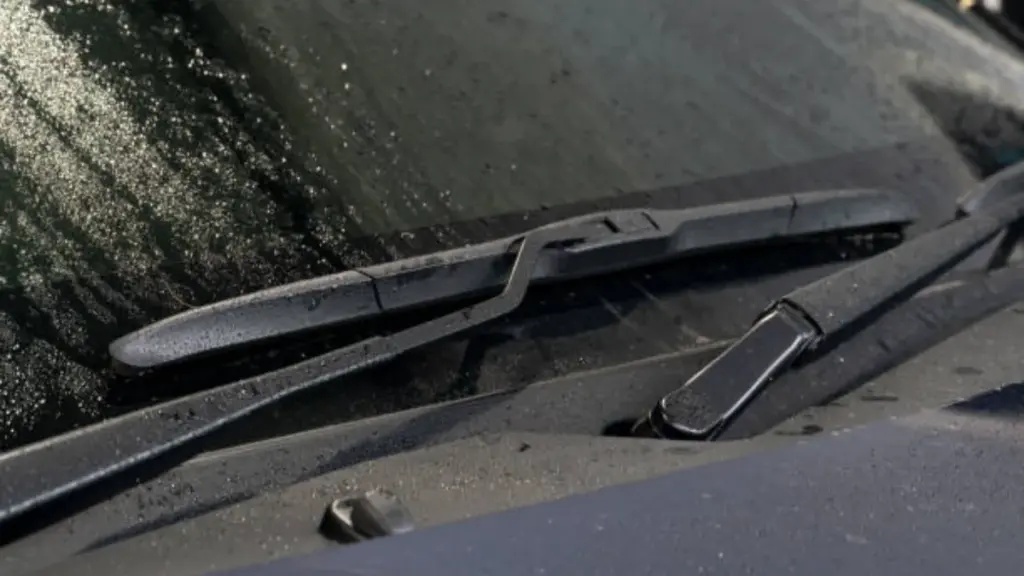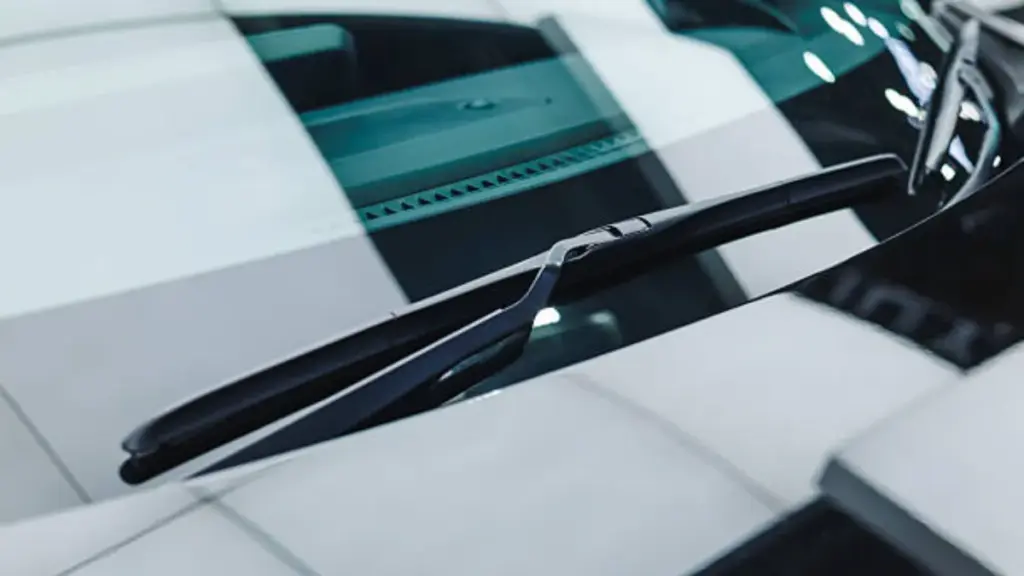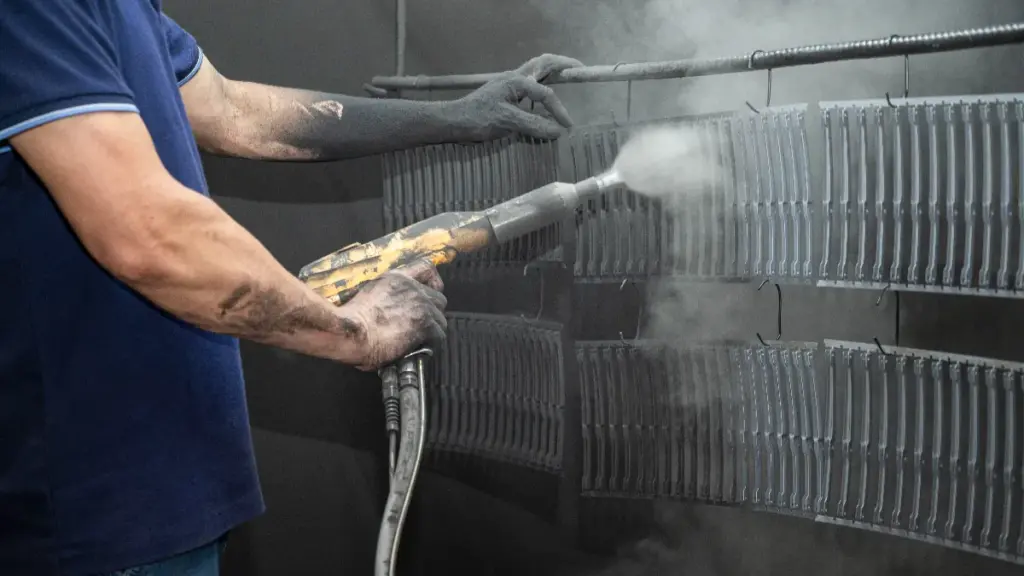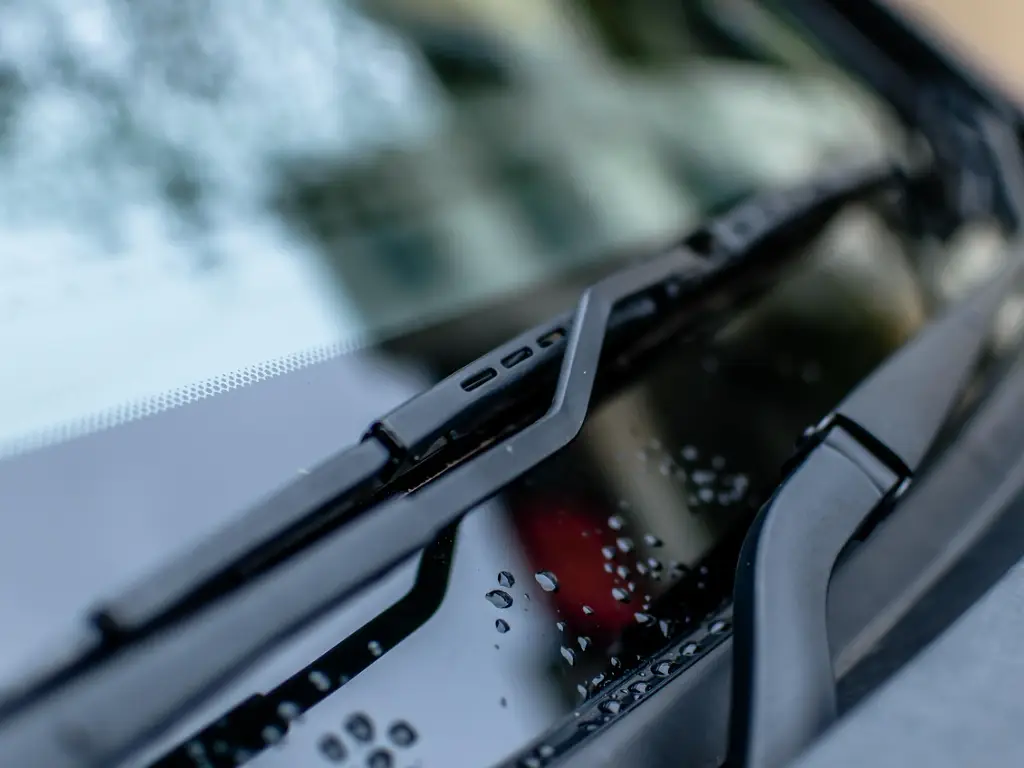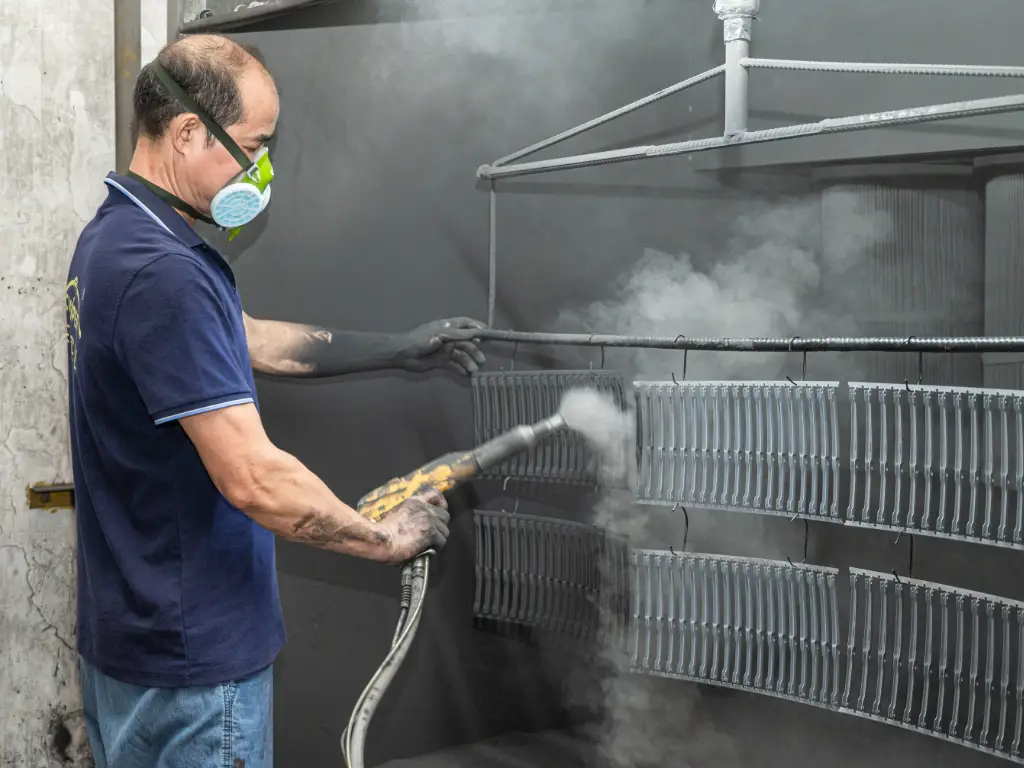El mantenimiento del automóvil a menudo plantea dudas sobre los diferentes tipos de piezas de repuesto disponibles.. Algunas piezas están etiquetadas como OE., otros OEM, Y luego existen numerosas opciones de posventa.. Para conductores, Puede resultar confuso decidir qué pieza ofrece el mejor rendimiento y valor.. Elegir la pieza correcta no solo afecta la confiabilidad de su vehículo sino que también afecta la seguridad y los costos a largo plazo..
En este artículo, Te explicamos cada tipo de pieza de coche., como identificarlos, y qué opción podría ser mejor para su vehículo, especialmente para componentes como escobillas de limpiaparabrisas donde la precisión y la durabilidad son claves.
Comparación de OE, OEM, y repuestos del mercado de accesorios
La siguiente es una tabla concisa y clara que resume la información principal de OE, Componentes OEM y de posventa:
| Tipo | Definición | Ventajas | Desventajas | Esperanza de vida |
| OE (Equipo original) | Piezas instaladas en el vehículo durante la producción. | Ajuste exacto, rendimiento confiable, alta consistencia | Mayor costo, opciones limitadas | 12–18 meses (uso normal) |
| OEM (Fabricante de equipos originales) | Piezas fabricadas por el proveedor original pero vendidas como reemplazos. | Rendimiento similar al OE, costo ligeramente menor, calidad estable | Diferencias menores de embalaje o diseño. | 12–18 meses (uso normal) |
| Mercado de accesorios | Piezas producidas por empresas de terceros. | Precios flexibles, opciones especiales o de alto rendimiento, amplia variedad | La calidad varía, posibles problemas de ajuste | 12–24 meses (Depende del material y la marca.) |
¿Qué son las piezas OE??
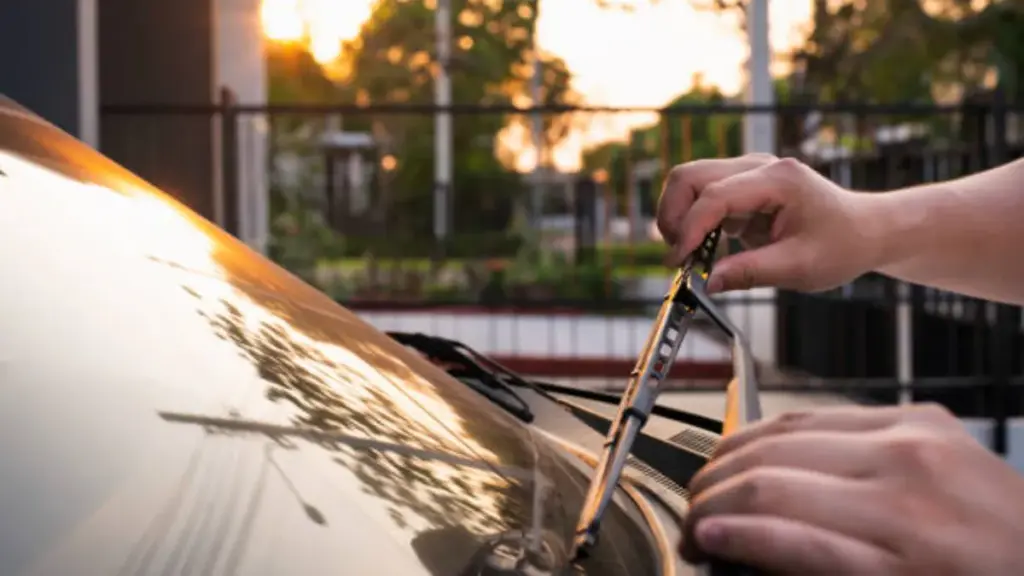
OE significa Equipo original. Estas son las piezas exactas que se instalan en un coche durante su producción. Son fabricados por el mismo proveedor que proporcionó los componentes para el montaje del vehículo.. Las piezas OE cumplen con las especificaciones precisas establecidas por el fabricante de automóviles., asegurando un ajuste perfecto, función, y seguridad.
Por ejemplo, Las escobillas limpiaparabrisas OE están diseñadas para coincidir con la curvatura exacta de su parabrisas.. Esto garantiza el máximo contacto a través del vidrio., minimizando las rayas y el ruido. A menudo utilizan compuestos de caucho de alta calidad con revestimientos de grafito o silicona para un funcionamiento más suave y una vida útil más larga.. De término medio, Los limpiaparabrisas originales duran entre 12 y 18 meses en condiciones normales de conducción., aunque el clima extremo puede acortar esta vida útil.
La principal ventaja de las piezas OE es la consistencia.. Los conductores pueden esperar un rendimiento confiable ya que las piezas son idénticas a las que venían originalmente con el automóvil.. La desventaja es el costo.. Los componentes originales tienden a ser más caros debido al estricto control de calidad y la prima de marca..
¿Qué son las piezas OEM??
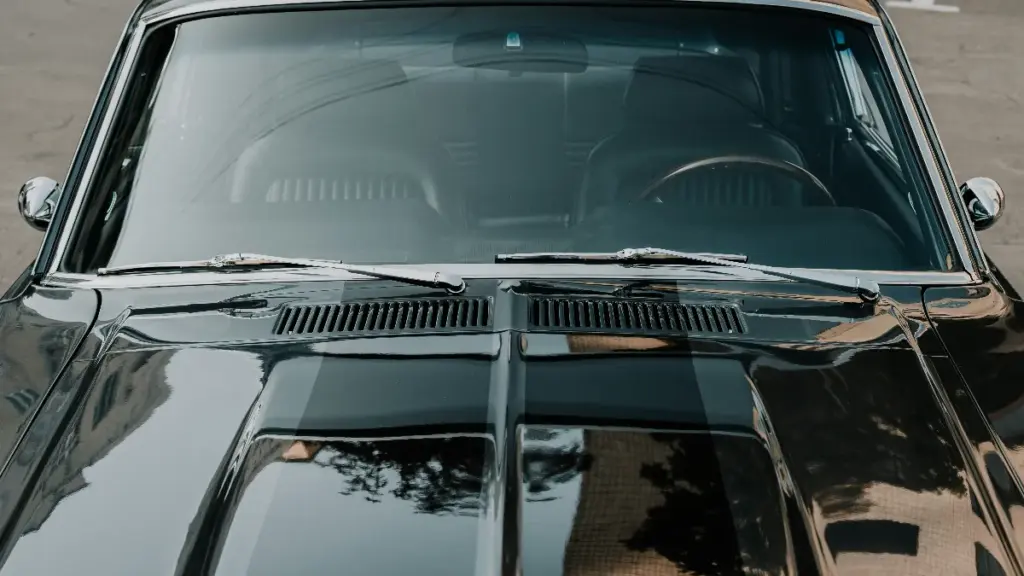
OEM significa Fabricante de equipos originales. Estas piezas están hechas por las mismas compañías que suministran componentes a los fabricantes de automóviles, pero se venden bajo una marca diferente o directamente como piezas de repuesto. Mientras que las piezas de OE son las exactas instaladas durante la producción, Las piezas OEM están construidas según las mismas especificaciones, pero es posible que no provengan del mismo lote.
Escobillas de limpiaparabrisas OEM, por ejemplo, están diseñados por el proveedor original con los mismos estándares de material y técnicas de fabricación. Se ajustan al vehículo con precisión y se desempeñan casi idénticamente a las piezas de OE.. Las piezas OEM suelen ser un poco más baratas que OE, pero aún mantienen una alta confiabilidad y calidad..
A veces, Las piezas OEM incluyen actualizaciones de diseño menores, tales como compuestos de goma mejorados o conectores de instalación más fáciles. Estas mejoras no degradan el rendimiento; Los fabricantes a menudo lo mejoran basándose en comentarios del mundo real y mejoras de fabricación..
¿Qué son las piezas de repuesto??
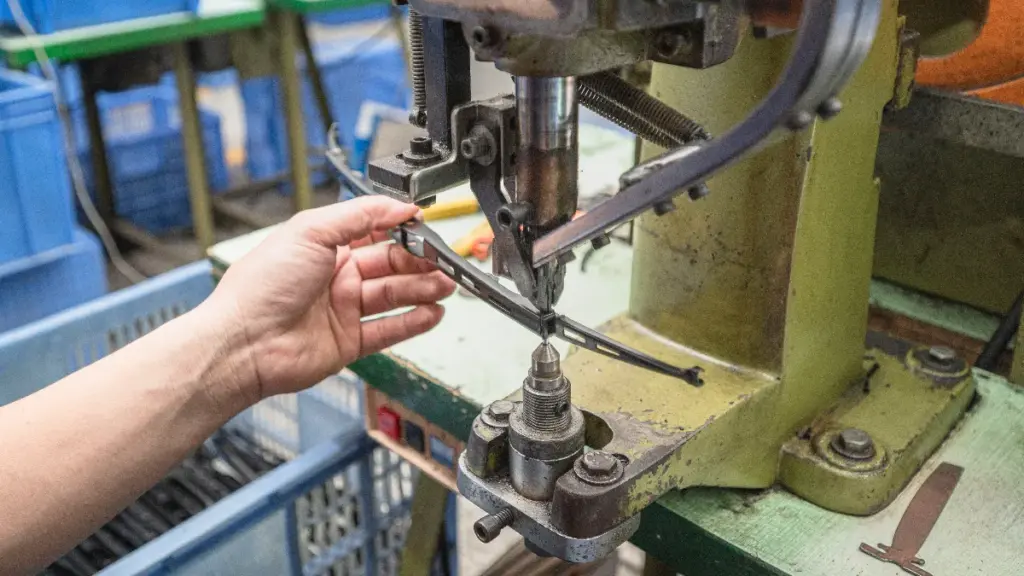
Las piezas de repuesto son producidas por empresas fuera de la red de fabricación original.. Están diseñados para adaptarse a múltiples modelos de vehículos y se venden bajo marcas independientes.. La calidad puede variar ampliamente, que van desde opciones económicas hasta reemplazos premium.
en escobillas de limpiaparabrisas, Las opciones del mercado de accesorios incluyen recargas de goma básicas y hojas de silicona de alto rendimiento con recubrimientos especiales.. Algunos están diseñados para superar el rendimiento OE u OEM, ofreciendo mayor durabilidad, funcionamiento más silencioso, y mejor rendimiento en lluvia o nieve. Fabricante como Limpiaparabrisas CL produce escobillas de limpiaparabrisas de alta calidad con revestimiento de teflón de 1 a 5 μm. Cada escobilla sufre 100% funcional, durabilidad, ambiental, y pruebas estructurales, siguiente ISO 9001 Estándares de calidad y certificación 3C.
Sin embargo, Las piezas de repuesto a veces pueden tener problemas menores de ajuste porque no se prueban con cada modelo de vehículo específico.. Una hoja no original puede levantarse ligeramente en los bordes del parabrisas o producir rayas si el diseño no coincide exactamente.. El principal beneficio de las piezas de repuesto es la flexibilidad: a menudo cuestan menos y ofrecen opciones para un rendimiento mejorado o aplicaciones especializadas como hojas de invierno o versiones de servicio pesado..
Cómo distinguir OE, Piezas de automóvil OEM y de posventa?

Identificar el tipo de pieza es importante para una selección adecuada. A continuación se ofrecen algunos consejos prácticos.:
- Embalaje y marca: Las piezas OE vienen en el embalaje del fabricante del automóvil con un número de pieza.. Las piezas OEM pueden mostrar la marca del proveedor o una etiqueta de un tercero, pero a menudo hacen referencia a la marca del automóvil.. Las piezas de repuesto llevan marcas independientes sin referencias directas del fabricante del automóvil..
- Números de pieza: Las piezas OE tienen números específicos asignados por el fabricante del automóvil.. Las piezas OEM a menudo coinciden o hacen referencia a estos números. Las piezas de repuesto utilizan sus propios sistemas de numeración., aunque muchas marcas de renombre proporcionan guías de referencia cruzada para el ajuste.
- Precio y Garantía: Las piezas originales son generalmente las más caras.. Las piezas OEM son un poco más baratas., y los precios del mercado de accesorios varían ampliamente. La cobertura de la garantía también difiere: Las piezas OE y OEM a menudo brindan una cobertura similar a la garantía original del vehículo., mientras que las garantías del mercado de accesorios varían de seis meses a algunos años, según la marca..
- Material y construcción: Inspeccionar los materiales cuidadosamente.. Los limpiaparabrisas OE y OEM suelen contar con revestimientos avanzados., caucho de alta calidad, y construcción de marco consistente. Las cuchillas del mercado de accesorios pueden usar materiales mixtos; Las opciones premium del mercado de accesorios a menudo superan a OE en escenarios específicos, tales como cuchillas recubiertas de silicona en clima extremo.
- Instalación y ajuste: Las piezas OE y OEM se ajustan con precisión con un ajuste mínimo. Las piezas del mercado de accesorios diseñadas para múltiples modelos pueden requerir modificaciones ligeras para una instalación perfecta.
OE, Piezas de OEM y posventa, Que son mejores?

No hay una sola opción de "mejor": las piezas de OE ofrecen un ajuste y confiabilidad exactos, Calidad y costo del equilibrio de piezas OEM, Mientras que las piezas del mercado de accesorios de alta calidad pueden superar el rendimiento y la durabilidad.
- Partes de OE: Ideal para conductores que buscan partidos exactos y rendimiento garantizado. Son perfectos para vehículos nuevos o para aquellos bajo garantía.. Ofrecen confiabilidad pero tienen un costo más alto.
- Partes OEM: Ofrecer calidad de nivel OE a un precio más bajo. Son excelentes para aquellos que necesitan piezas de repuesto confiables sin pagar la prima OE completa.
- Piezas del mercado de accesorios: Adecuado para compradores conscientes de costos o aquellos que buscan un rendimiento mejorado. Cuchillas de posventa de calidad, especialmente silicona o recubiertos, puede superar las opciones OE u OEM en el rendimiento de la longevidad y el clima.
Preguntas frecuentes
Q1: ¿Puedo mezclar OE?, OEM, y piezas del mercado de accesorios en el mismo auto?
Sí. Puede usar una cuchilla OE en el lado del conductor y una cuchilla de posventa de alta calidad en el lado del pasajero. La principal preocupación es el rendimiento consistente, particularmente para componentes críticos de seguridad.
Q2: Son las piezas OEM siempre más baratas que OE?
Generalmente, Sí. Las piezas OEM mantienen la calidad de OE, pero generalmente cuestan menos porque no tienen la prima de marca completa. Los precios pueden variar según el proveedor y la disponibilidad.
Q3: ¿Los limpiaparabrisas del mercado de accesorios funcionan peor que los OE u OEM??
No necesariamente. Limpiaparabrisas premium del mercado de accesorios, especialmente silicona o cuchillas recubiertas, puede funcionar tan bien o mejor que las opciones OE y OEM. Elegir marcas de renombre es clave para garantizar la confiabilidad.
Q4: ¿Con qué frecuencia debo reemplazar las escobillas del limpiaparabrisas??
Depende del material y el uso.. Las hojas estándar OE u OEM duran entre 12 y 18 meses, mientras que las hojas de silicona premium del mercado de repuestos pueden durar hasta 24 meses. El uso intensivo en condiciones climáticas adversas reduce la vida útil. La inspección periódica es esencial.
Q5: ¿Es seguro utilizar piezas de repuesto en coches más antiguos??
Sí. Las piezas de repuesto suelen ser ideales para vehículos más antiguos donde los reemplazos OE u OEM pueden ser costosos o no estar disponibles.. Garantizar un ajuste adecuado para mantener la seguridad y el rendimiento..

